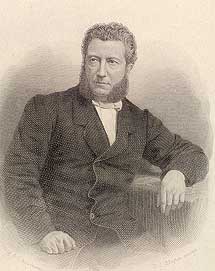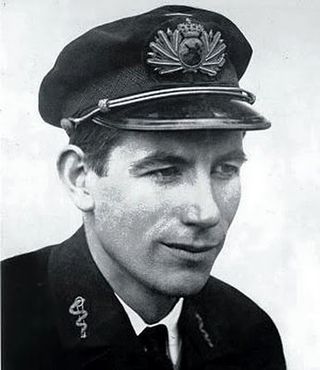
Jan Jacob Slauerhoff, who published as J. Slauerhoff, was a Dutch poet and novelist. He is considered one of the most important Dutch language writers.

Nicolaes Pieterszoon Berchem was a highly esteemed and prolific Dutch Golden Age painter of pastoral landscapes, populated with mythological or biblical figures, but also of a number of allegories and genre pieces.

Jacob de Heusch, was a Dutch painter. He was Willem de Heusch's nephew, signing like his uncle, with an initial monogram combining J, D, and H (substituting an initial J for the initial G of his uncle's Guglielmo.
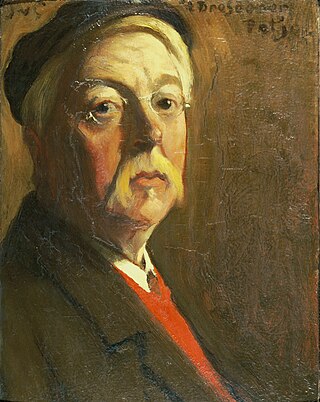
Jacobus (Jac) van Looy was a Dutch painter and writer.

Jacob van Lennep was a Dutch poet and novelist.

J(oh)an and Jacob van Huchtenburg were two Dutch Golden Age painters in the second half of the seventeenth century. Both brothers were natives of Haarlem, moved to Paris, but died in Amsterdam. The main source about their lives is from Arnold Houbraken. Some of the information from the 19th century is contradictive.

Jacob Cats was a Dutch poet, humorist, jurist and politician. He is most famous for his emblem books.

Dirck Volckertszoon Coornhert, also known as Theodore Cornhert, was a Dutch writer, philosopher, translator, politician, theologian and artist. Coornhert is often considered the Father of Dutch Renaissance scholarship.

Balthasar Bekker was a Dutch minister and author of philosophical and theological works. Opposing superstition, he was a key figure in the end of the witchcraft persecutions in early modern Europe. His best known work is De Betoverde Weereld (1691), or The World Bewitched (1695).

Salomon de Bray was a Dutch Golden Age painter and architect.
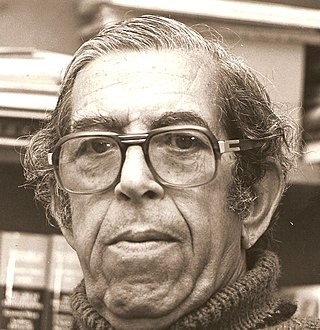
Lodewijk 'Lou' Lichtveld was a Surinamese politician, playwright, poet and resistance fighter who wrote under the pseudonym "Albert Helman".

Arnold Houbraken was a Dutch painter and writer from Dordrecht, now remembered mainly as a biographer of Dutch Golden Age painters.

Benjamin Gerritszoon Cuyp or Cuijp was a Dutch Golden Age landscape painter.

Jacob van Walscapelle, was a Dutch Golden Age flower painter.

Petrus Franciscus Greive was a Dutch painter and lithographer.

Lambertus Johannes Hansen was a 19th-century Dutch painter.
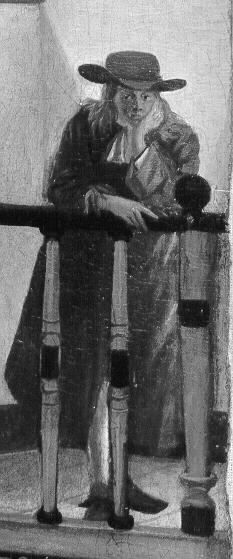
Willem Godschalck van Focquenbroch was a Dutch poet and playwright. Aside from satirical and burlesque plays and poetry, he also wrote more serious works in a Petrarchic tradition. Whereas there was little attention for Focquenbroch in the nineteenth century, interest in him renewed in the twentieth century.
Adriaen van der Burch, or Adriaan Verburgh / Verburch, was a Dutch Golden Age painter.
De Nederlandse poëzie van de 19de en 20ste eeuw in 1000 en enige gedichten is a 1979 anthology of Dutch poetry. Compiled by poet and critic Gerrit Komrij and published by Bert Bakker, it quickly became a hotly discussed book and a yardstick for canonicity, nicknamed "The Bible of Dutch poetry". Controversy over Komrij's selection erupted almost immediately and even led to a lawsuit ; it is generally agreed, though, that the anthology has had significant influence on the canon of Dutch poetry.

Gerrit Braamcamp was a successful Roman Catholic distiller, timber merchant, and art collector from the Netherlands. One of the most important merchants in Amsterdam, he built a timber yard and shipyard at one end of Hoogte Kadijk, opposite the Dutch East India Company's own shipyard.
